Are You 21 Or Over?
YesOr
No By clicking yes, you certify that you are over 21 years old. By using this website, you agree to our legal disclaimer.Table of Contents
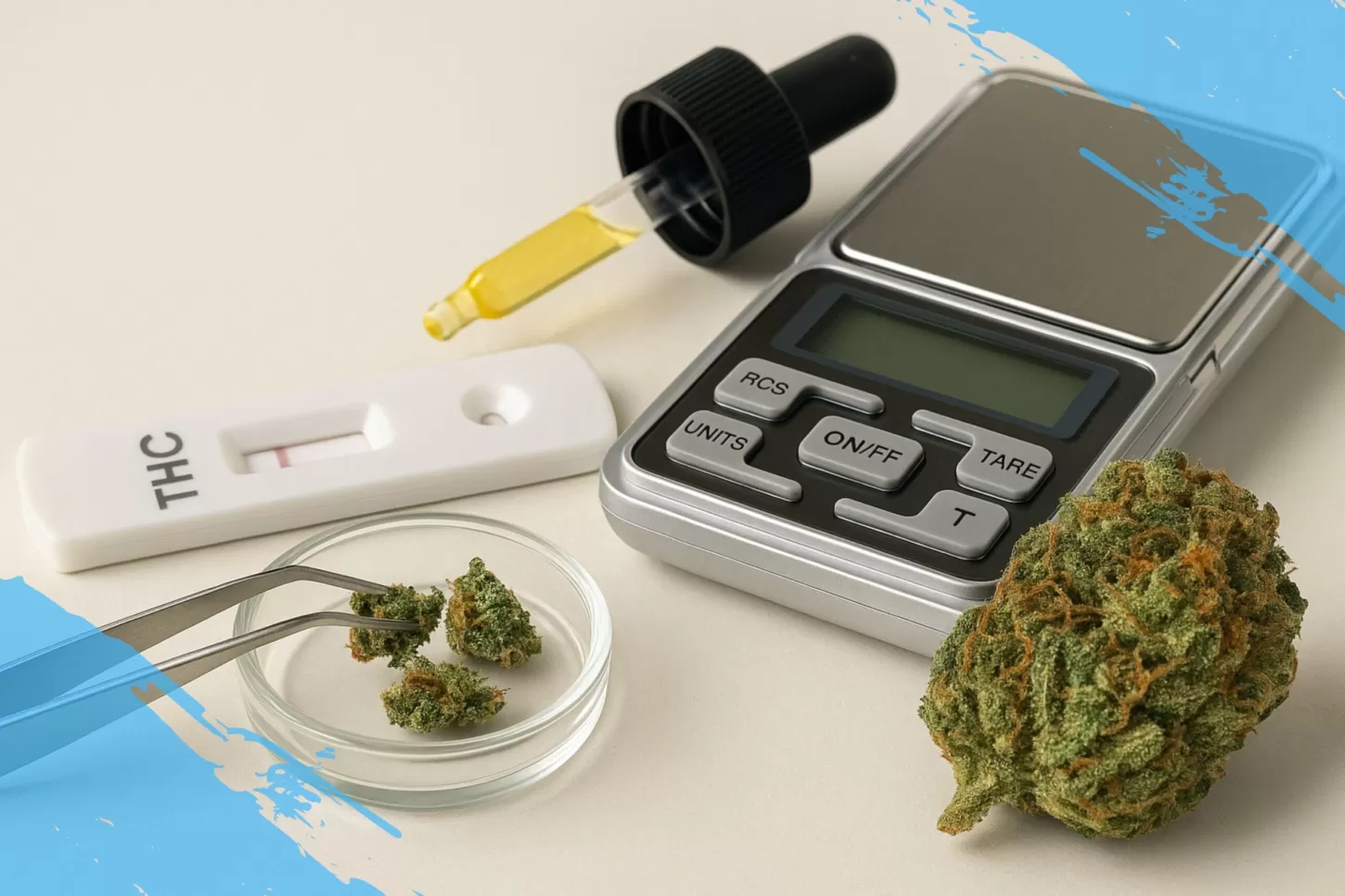
The strength of cannabis is still a hot topic in both marketing and science. One number—33% THC—is often the most important, which gets people excited and leads to heated arguments between growers, testing facilities, and dispensary customers. In this thorough research, we separate fact from fiction and give you an idea of whether 33% THC cannabis strains exist, can be consistently generated, or are mostly made up.
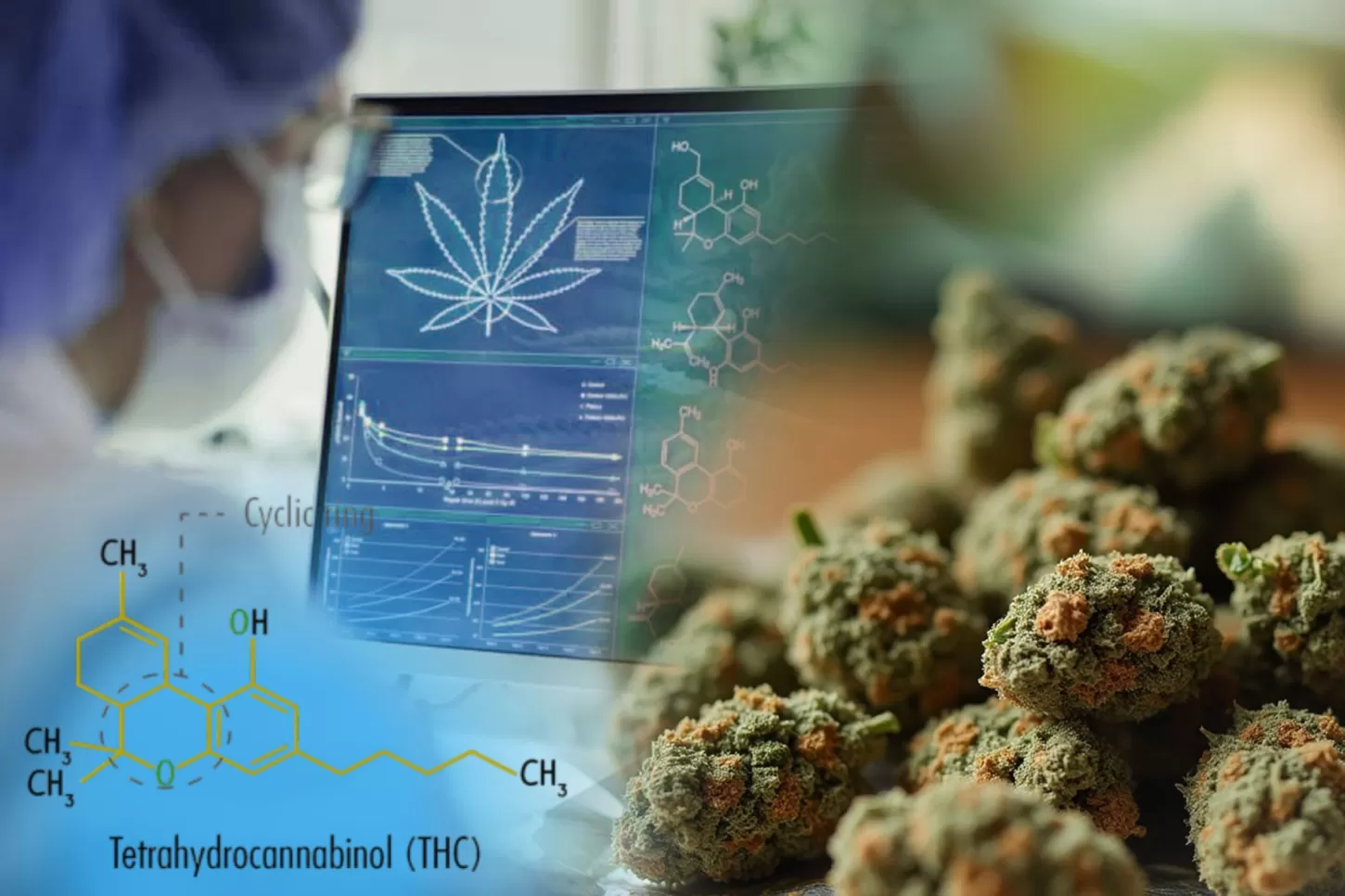
Measuring THC potency is a scientific process that uses chemistry and pharmacology. Cannabis flowers have cannabinoids in an acidic form, most often tetrahydrocannabinolic acid (THCA). These cannabinoids don’t make you feel high until they are heated, either by smoking, vaping, or decarboxylation. Most commercial lab tests assess the total amount of THC from both THCA and THC to give a favorable idea of how the substance will affect your mind.
We need to remember that the THC percent numbers always refer to the dry weight of the cannabis flower that was tested. The amount of THC in a sample can vary greatly based on its moisture, curing, and preparation. For example, if cannabis is very wet, the THC percent by weight will be lower since the water content would make the concentration less. On the other hand, uncontrolled drying or cutting can make samples have artificially high levels of THC by only cutting the densest parts. Therefore, to avoid deception, consider potency levels based on these fundamental criteria.

The variability of THC in analysis is likely the most significant factor undermining potency claim validity, particularly at high concentrations. There are many ways that labs can test things, such as High-Performance Liquid Chromatography (HPLC) and Gas Chromatography (GC). Each has its pros and cons. HPLC is better since it keeps the acidic form of cannabinoids and lets you measure THCA accurately, which lets you figure out the entire THC amount. GC vaporizes the sample, which can sometimes lead to decarboxylation, making it harder to understand the findings.
Sampling procedures make testing more complicated. Random sampling that isn’t standardized won’t work since cannabis buds have varied levels of cannabinoids in each plant. The best way to do things in the industry is to mix samples from different buds together to get an average strength that works for the full batch. Even with these standards, THC results from the same sample can vary by 5% or more due to lab changes, sample prep, and calibration. When you add marketing incentives to report the highest possible amount, this difference can change the real potency profile, especially for values that claim to be over 30%.
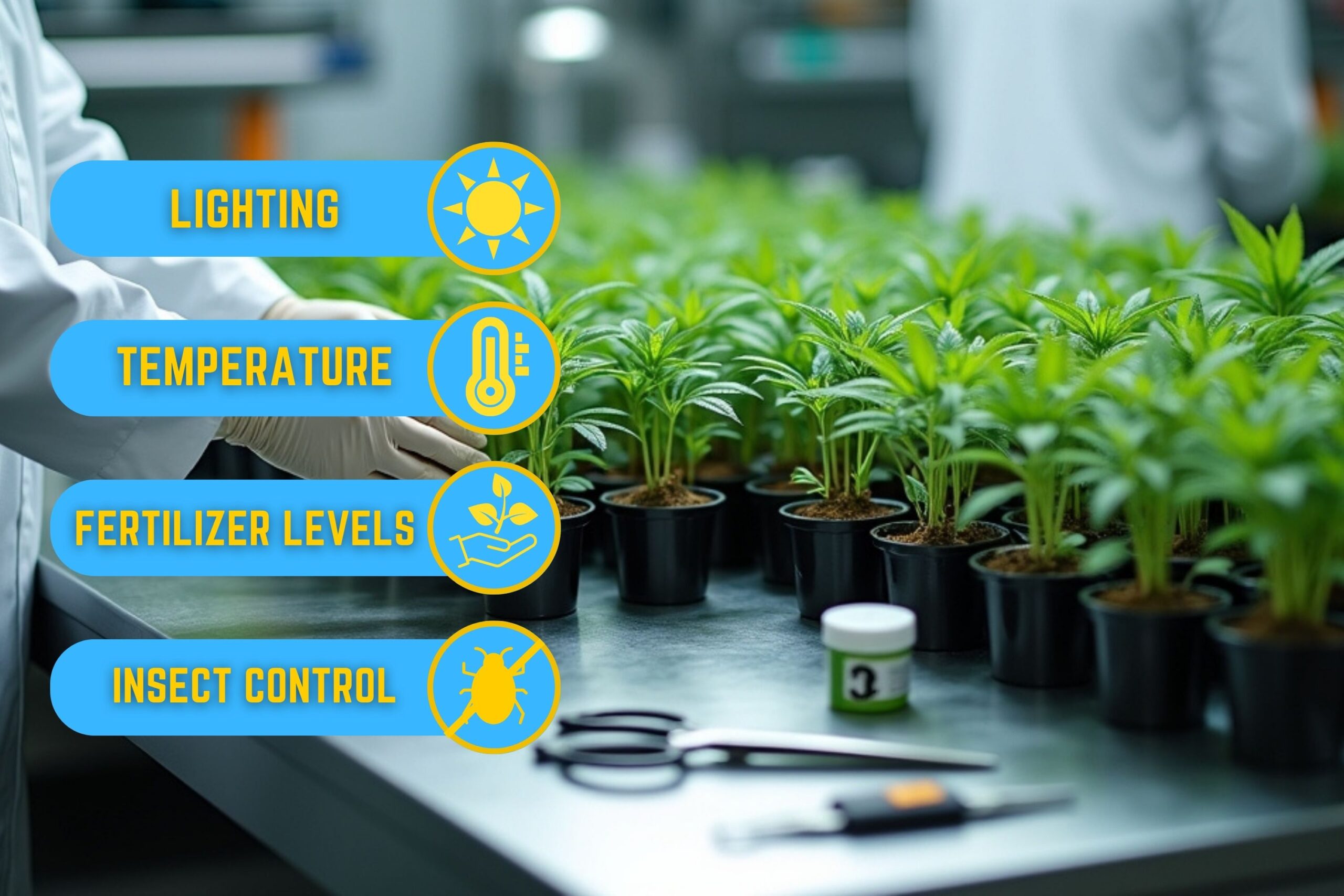
The genetic potential of the plant sets a natural cap on THC content, and environmental conditions control how nearly that cap is met. Some high-THC strains have tested at or above 33%, but this is rare. Big testing programs and peer-reviewed research tend to concur that THC content plateaus at 25–30% in dried flower.
To get a consistent 33% THC weed, you need both the best genetics and perfect growing circumstances, such as perfect lighting, temperature, fertilizer levels, and insect control. You also need to handle the plants properly once they are harvested to keep the cannabinoids from breaking down. Moreover, the advanced biochemical process of THC synthesis imposes natural limits on the amount of THC it can produce. Going past those limits might hurt the plant’s health and make it less effective. In short, 33% THC weed strain is on the edge of what is biologically possible, but it can’t be made in large amounts regularly.
Cannabis genetics create the pattern for cannabinoid synthesis, but phenotypic expression—visible traits controlled by environment and cultivation—sets final THC concentrations. Decades of selective breeding have led to strains with increasingly increased THC potential, favoring genes that overproduce THCA synthase enzymes and cannabinoid manufacturing pathways. Yet, even in one strain, individual plants can vary with microclimatic change, nutrition availability, and stressors.
Producers aiming for the highest THC levels must monitor factors such as light quality and quantity, nutrient levels in the soil or hydroponics, humidity, and the amount of CO₂ added. It’s also important to regulate stress since moderate stress will help resin grow, but high stress will stop cannabinoid biosynthesis and yield. Because phenotypes might vary, the producer must also choose and grow high-THC plants to make sure that the product is always the same. These sophisticated interactions show why ultra-high THC levels aren’t common: every step has to be perfectly in sync to have potency reach its highest level.
Focusing just on THC% neglects the nuanced pharmacological and sensory characteristics of cannabis consumption. The entourage effect, which is the interaction between cannabinoids, terpenes, flavonoids, and other small components, is a crucial part of the overall impact profile. Strains with moderately strong THC but a wide range of terpenes can have more balanced medicinal effects and enjoyable euphoric effects.
Marijuana with a lot of THC can also cause problems like anxiety, paranoia, dizziness, and a quick build-up of tolerance, which can make users less happy and less effective as a treatment. A balanced combination of cannabinoids and terpenes may be more valuable to patients than raw potency. So, a knowledgeable marijuana consumer prefers a range of THC values over a single value, which is often a marketing trick.
Because the cannabis market is growing so quickly, organizations have had to compete with each other by marketing questionable activity, like “lab shopping” and cherry picking. The firms will send the same sample to several labs and only show the test with the highest THC level, throwing out the tests with lower levels. Some labs that want to keep their clients and make money may have inferior quality standards, which can lead to false claims of potency.
Regulatory frameworks are adjusting to restrict such conduct, but inconsistencies continue to be pervasive, especially in nations with less oversight. To restore confidence and make sure the consumer gets honest information, independent third-party verification, random batch testing, and open-ended transparency are all necessary. Until these techniques become mainstream, ultra-high THC brands with more than 30% THC should be looked at with suspicion.
Some types of cannabis are known to have a lot of THC potential, with repeated tests showing levels that are close to or beyond 30%. There is some anecdotal and qualitative evidence that Godfather OG, Chiquita Banana, and GMO Cookies are forceful. It’s important to put things in perspective here: average commercial samples of these strains will usually have between 25% and 29% THC.
Without strict laboratory standards, these results are merely estimates, as the cultivation and handling practices of the plants significantly influence the outcomes. Also, the amount of THC in the same strain can be different because of phenotypic variability. So, even if some flower samples have tested at or above 30% so far, these events are still rare and not certain to happen in every harvest or batch.
The assertion that cannabis has 33% THC is more of an industry anomaly than a standard. Although biologically possible under almost optimal environmental and genetic conditions, high potency is rarely repeatable or independently quantified across samples and harvests. These Assertions are also questionable because laboratory tests can be random, and companies often feel pressured to present figures that appear more favorable than they are.
To both producers and users, caring about holistic quality markers—terpene profile, cannabinoid ratio, growing methodology, and lab certification—is far more significant than chasing a single, best-of-it THC figure. The headline THC rate doesn’t matter when it comes to great cannabis; what matters is that it has a consistent, reproducible effect and overall experience.
1. Does THC content drop with time in stored cannabis?
Yes, THC breaks down into CBN (cannabinol) over time, especially when it is exposed to light, heat, and air. To keep potency, store in a dark, cool place in an airtight container.
2. Does having more THC always mean a stronger high?
No. The effects also depend on other cannabinoids, terpenes, and how well each person can handle them. A balanced strain with moderate THC and high terpene content can be stronger than a pure strain with high THC.
3. Do concentrates and flowers have the same amount of THC?
No. Concentrates like wax or shatter have 60–90% THC, which is a lot more than the 15–30% in flower. This difference is because they are processed and cleaned.
4. Is the proportion of THC the greatest way to tell how beneficial cannabis is?
No. THC is just one thing. The smell, taste, terpene profile, curing quality, and overall effect are better signs of a high-end product.
5. Can you raise THC to 33% only by changing the way you cultivate it?
Methods can improve a plant’s genetic potential, but they can’t go beyond its boundaries. Most strains won’t make 33% even in the best conditions, unless they are genetically predisposed to do so.

Curious about growing weed in a healthy, effective way? Welcome to the realm of weed hydro! This method uses water instead of soil, delivering n
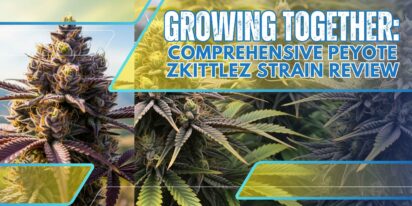
Peyote Zkittlez is a unique cannabis strain that has quickly gained dedicated followers among enthusiasts and patients alike. Its parentage—Zk
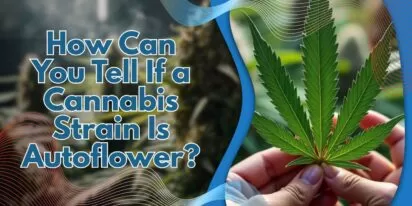
As growers, we want strains that work well, are strong, and are of good quality. Autoflowering cannabis strains are a big step forward for both
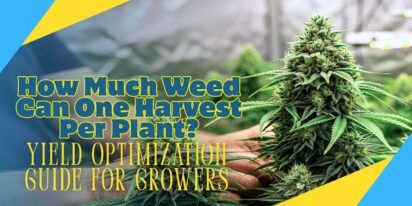
Pot growers always ask the same basic question: How much weed does a weed plant produce? The answer is complex and depends on a multitude of var

Ever had the room spin after a few hits? You're not alone. Figuring out how to prevent getting dizzy high can make your cannabis experience a wh
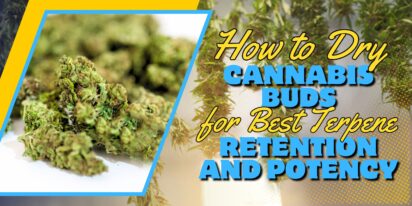
Drying cannabis properly is a critical process in preserving the plant's full aroma and flavor and its psychoactive abilities. Tampering with th

Ever caught yourself a bit too high and all of a sudden in need of being normal? Whether you're heading out for munchies or bumping into someone

Looking for sage advice on how not to get pinched with weed without batting an eye? Attempting to protect your stash from gossipy roommates, sno
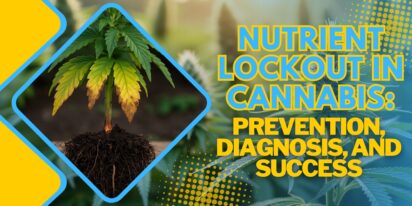
Nutrient lockout, also known as nutrient binding or chemical antagonism, is a significant issue in cannabis cultivation that negatively impacts
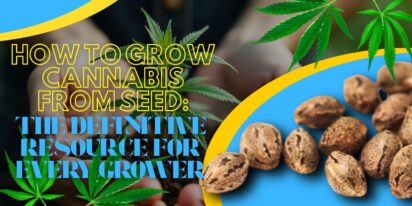
Germination is the most critical initial stage in growing healthy, high-quality cannabis plants. During germination, the dormant seed becomes a
Are You 21 Or Over?
YesOr
No By clicking yes, you certify that you are over 21 years old. By using this website, you agree to our legal disclaimer.
Excellent blog here Also your website loads up very fast What web host are you using Can I get your affiliate link to your host I wish my web site loaded up as quickly as yours lol
Your writing is not only informative but also incredibly inspiring. You have a knack for sparking curiosity and encouraging critical thinking. Thank you for being such a positive influence!
Simply wish to say your article is as amazing The clearness in your post is just nice and i could assume youre an expert on this subject Well with your permission let me to grab your feed to keep updated with forthcoming post Thanks a million and please carry on the gratifying work
Somebody essentially lend a hand to make significantly articles Id state That is the very first time I frequented your website page and up to now I surprised with the research you made to make this actual submit amazing Wonderful task
Your blog is a beacon of light in the often murky waters of online content. Your thoughtful analysis and insightful commentary never fail to leave a lasting impression. Keep up the amazing work!
Thank you for the auspicious writeup It in fact was a amusement account it Look advanced to more added agreeable from you By the way how could we communicate
Your blog is a constant source of inspiration for me. Your passion for your subject matter shines through in every post, and it’s clear that you genuinely care about making a positive impact on your readers.
Your blog is a constant source of inspiration for me. Your passion for your subject matter is palpable, and it’s clear that you pour your heart and soul into every post. Keep up the incredible work!
Your articles never fail to captivate me. Each one is a testament to your expertise and dedication to your craft. Thank you for sharing your wisdom with the world.
Your blog is a testament to your dedication to your craft. Your commitment to excellence is evident in every aspect of your writing. Thank you for being such a positive influence in the online community.
Your writing has a way of resonating with me on a deep level. I appreciate the honesty and authenticity you bring to every post. Thank you for sharing your journey with us.
Your blog is a true gem in the world of online content. I’m continually impressed by the depth of your research and the clarity of your writing. Thank you for sharing your wisdom with us.
Hi i think that i saw you visited my web site thus i came to Return the favore Im attempting to find things to enhance my siteI suppose its ok to use a few of your ideas
Somebody essentially help to make significantly articles Id state This is the first time I frequented your web page and up to now I surprised with the research you made to make this actual post incredible Fantastic job
Usually I do not read article on blogs however I would like to say that this writeup very compelled me to take a look at and do so Your writing taste has been amazed me Thanks quite nice post
Your blog has quickly become one of my favorites. Your writing is both insightful and thought-provoking, and I always come away from your posts feeling inspired. Keep up the phenomenal work!
Every time I visit your website, I’m greeted with thought-provoking content and impeccable writing. You truly have a gift for articulating complex ideas in a clear and engaging manner.
Hey there You have done a fantastic job I will certainly digg it and personally recommend to my friends Im confident theyll be benefited from this site
I have read some excellent stuff here Definitely value bookmarking for revisiting I wonder how much effort you put to make the sort of excellent informative website
Nice blog here Also your site loads up very fast What host are you using Can I get your affiliate link to your host I wish my site loaded up as quickly as yours lol
What i do not understood is in truth how you are not actually a lot more smartlyliked than you may be now You are very intelligent You realize therefore significantly in the case of this topic produced me individually imagine it from numerous numerous angles Its like men and women dont seem to be fascinated until it is one thing to do with Woman gaga Your own stuffs nice All the time care for it up
Your blog is a beacon of light in the often murky waters of online content. Your thoughtful analysis and insightful commentary never fail to leave a lasting impression. Keep up the amazing work!
Your blog is a breath of fresh air in the often stagnant world of online content. Your thoughtful analysis and insightful commentary never fail to leave a lasting impression. Thank you for sharing your wisdom with us.
Your blog is a beacon of light in the often murky waters of online content. Your thoughtful analysis and insightful commentary never fail to leave a lasting impression. Keep up the amazing work!
Usually I do not read article on blogs however I would like to say that this writeup very compelled me to take a look at and do it Your writing style has been amazed me Thank you very nice article
Your writing has a way of resonating with me on a deep level. I appreciate the honesty and authenticity you bring to every post. Thank you for sharing your journey with us.
This hydroponics guide is quite the buzz, seriously! Who knew growing weed without dirt could be so complicated yet potentially rewarding? The breakdown of systems like DWC and NFT is helpful, though I suspect my cat might confuse the air pump for a toy. The idea of cleaner buds is tempting, especially since explaining hydro weed to my non-growing friends might get messy. And the bit about potential dizziness from hydro weed? Perfect, now I have an excuse for why I always stumble a bit after a grow session. Still, the promise of faster grows and higher yields is hard to ignore, even if it means more trips to the pH meter than to the coffee shop. Overall, a cultivating read for the curious grower!